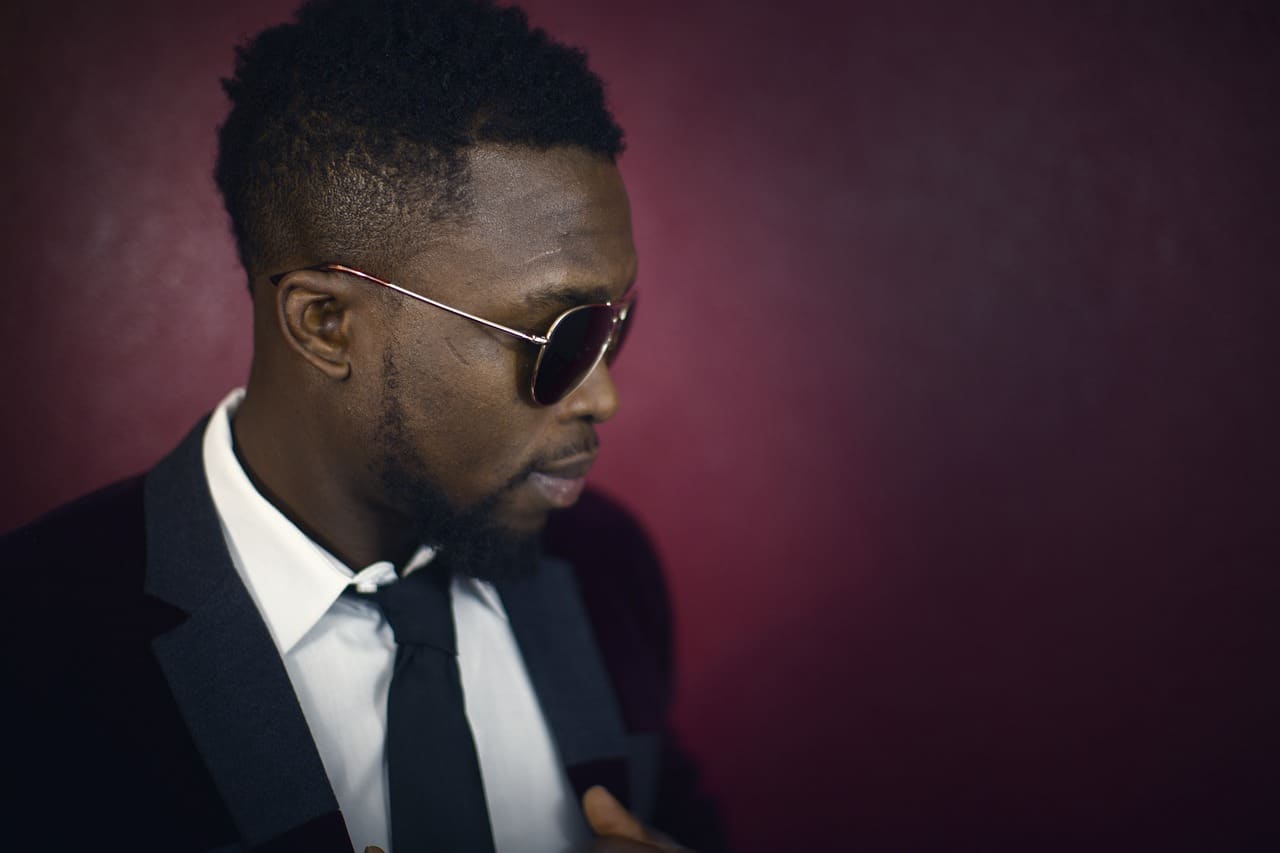In a world where image is everything, dressing appropriately and stylishly is not an option but a necessity. Whether you’re heading to a formal event, a business meeting, or just a casual day at the park, the colors of your outfits can make or break your entire look. However, understanding how to match the colors of your outfits can be a bit tricky. It’s not simply about throwing on a blue shirt with black trousers or a red dress with white shoes. It’s about understanding color theory, knowing your skin tone, and discovering the right combinations that can enhance your style and boost your confidence.
Understanding Color Theory
Color theory is a concept used in design and fashion to determine how different colors relate to each other and how they can be combined to create an aesthetically pleasing arrangement. It is based on the color wheel, which is a circular diagram that shows the relationship between colors.
Cela peut vous intéresser : The history of high fashion and its current impact
The primary colors are red, yellow, and blue. When you mix these primary colors, you get secondary colors which are green, orange, and purple. Finally, when you mix a primary color with a secondary color, you get a tertiary color. Understanding these color relationships can help you create balanced and harmonious outfits.
Complementary colors are those that are opposite each other on the color wheel. A combination of these colors creates a vibrant and high contrast look. If you want to stand out, you can pair a blue shirt with an orange tie, or a yellow dress with purple accessories.
Sujet a lire : Latest trends in handbags
Analogous colors are those that are next to each other on the color wheel. A combination of these colors creates a harmonious and pleasing look. For a more sophisticated and professional look, you can wear a green dress with blue accessories, or a red shirt with orange trousers.
Triadic colors are those that are evenly spaced around the color wheel. A combination of these colors creates a balanced and lively look. For a playful and creative look, you can wear a yellow top with a red skirt and blue shoes.
Knowing Your Skin Tone
Your skin tone also plays a crucial role in choosing the best colors to wear. Skin tones are generally categorized into cool, warm, and neutral.
If you have a cool skin tone, the veins on your wrist will appear blue or purple. The best colors to wear are those that are cool and bright, such as blue, green, and purple. Avoid warm and earthy colors like orange and brown, as they can wash out your complexion.
If you have a warm skin tone, the veins on your wrist will appear green or olive. The best colors to wear are those that are warm and earthy, such as red, orange, and yellow. Avoid cool and pale colors like blue and green, as they can make your skin appear sallow.
If you have a neutral skin tone, the veins on your wrist will appear blue-green. The best part about having a neutral skin tone is that you can wear almost any color, from bright and vibrant to dark and muted. However, try to avoid colors that are too saturated, as they can overwhelm your complexion.
Discovering the Right Combinations
Now that you understand color theory and know your skin tone, it’s time to discover the right color combinations that can enhance your style and boost your confidence.
If you prefer a classic and timeless look, you can never go wrong with neutral colors like black, white, and grey. These colors are versatile and can be paired with almost any color. For instance, you can wear a black dress with white shoes, or a grey shirt with black trousers.
If you want to add a pop of color to your outfit, you can opt for accessories in bold and vibrant colors. For instance, you can wear a black dress with a red handbag, or a white shirt with a blue tie.
Remember to achieve balance in your outfit by not mixing too many colors. A good rule of thumb is to stick to two or three colors per outfit. If your outfit has multiple colors, make sure one of them is a neutral color to keep the look cohesive.
Dressing According to the Occasion
The occasion also plays a significant role in determining the colors of your outfit. For a business meeting or a formal event, it’s best to stick to neutral and muted colors like black, grey, and navy. These colors exude professionalism and sophistication.
For a casual day out or a festive occasion, you can experiment with bright and bold colors like red, yellow, and green. These colors exude energy and positivity.
For a romantic date or a night out, you can opt for rich and deep colors like burgundy, emerald, and royal blue. These colors exude elegance and luxury.
In conclusion, matching the colors of your outfit is an art that requires understanding color theory, knowing your skin tone, and experimenting with different combinations. So, the next time you’re getting dressed, keep these tips in mind and you’ll be sure to create an outfit that not only looks good but also reflects your personal style and boosts your confidence.
Dressing for Your Hair and Eye Color
The color of your hair and eyes also can play a significant role in determining the best clothing colors for you. The key here is to match your outfits in a way that complements these natural features. Let’s explore how to do this:
Dark brown hair often pairs well with earthy tones, such as deep greens, burgundies, and navy blues. These colors can create a warm look that accentuates your rich hair color. On the other hand, lighter and softer colors like pastels can create a nice contrast, making your hair stand out.
Blonde hair often creates a striking contrast with strong and bold colors like red, navy blue, or black. Yet, soft and warm colors like peach, cream, or pastel shades can also complement the light tones of your hair, giving you a subtle and delicate look.
Red hair is a strong color itself, so you might want to stick with neutral colors, earth tones, or colors with a same warm hue. Greens, browns, and creams can create a harmonious look with your hair.
Blue eyes can be accentuated with colors that are on the same part of the color wheel, such as blues and greens. Meanwhile, brown eyes often look stunning when paired with earth tones, or even bold jewel tones.
Remember, these are just guidelines and not rules set in stone. The most important thing is that you feel comfortable and confident in your clothes.
Rotating Your Wardrobe with Seasons
Seasons can also dictate what colors you should lean towards. As the environment around you changes, your wardrobe can adapt to match your surroundings, the weather, and the general mood of each season.
Spring is a season of rebirth and renewal, with bright and warm colors blooming everywhere. This is the perfect time to wear clothes in soft, light, and pastel colors like peach, baby blue, and lavender.
Summer, being the hottest season, calls for cool and refreshing colors. Light and breezy colors like white, sky blue, and mint green can help you beat the heat while looking stylish.
Autumn is characterized by the earthy and warm colors of falling leaves. Opt for clothes in red, orange, brown, and dark green to complement the changing environment.
Winter is the perfect time to wear cool and dark colors. Navy blue, dark brown, and gray can give you a sophisticated look that matches the cool undertones of the season.
No matter what season it is, always consider the color of your skin, hair, and eyes when picking your outfits.
Conclusion
In essence, mastering the art of matching your outfit colors requires a keen understanding of color theory, as well as a deep knowledge of your skin tone, hair color, and even the color of your eyes. Remember, the goal is not just to look good, but also to feel good. So, don’t be afraid to experiment with different color combinations until you find your best match. Your wardrobe is a palette, and the way you combine your clothes can express your personal style and enhance your natural beauty. By following these tips, you’ll be well on your way to creating a cohesive and stylish wardrobe that truly reflects you.




































